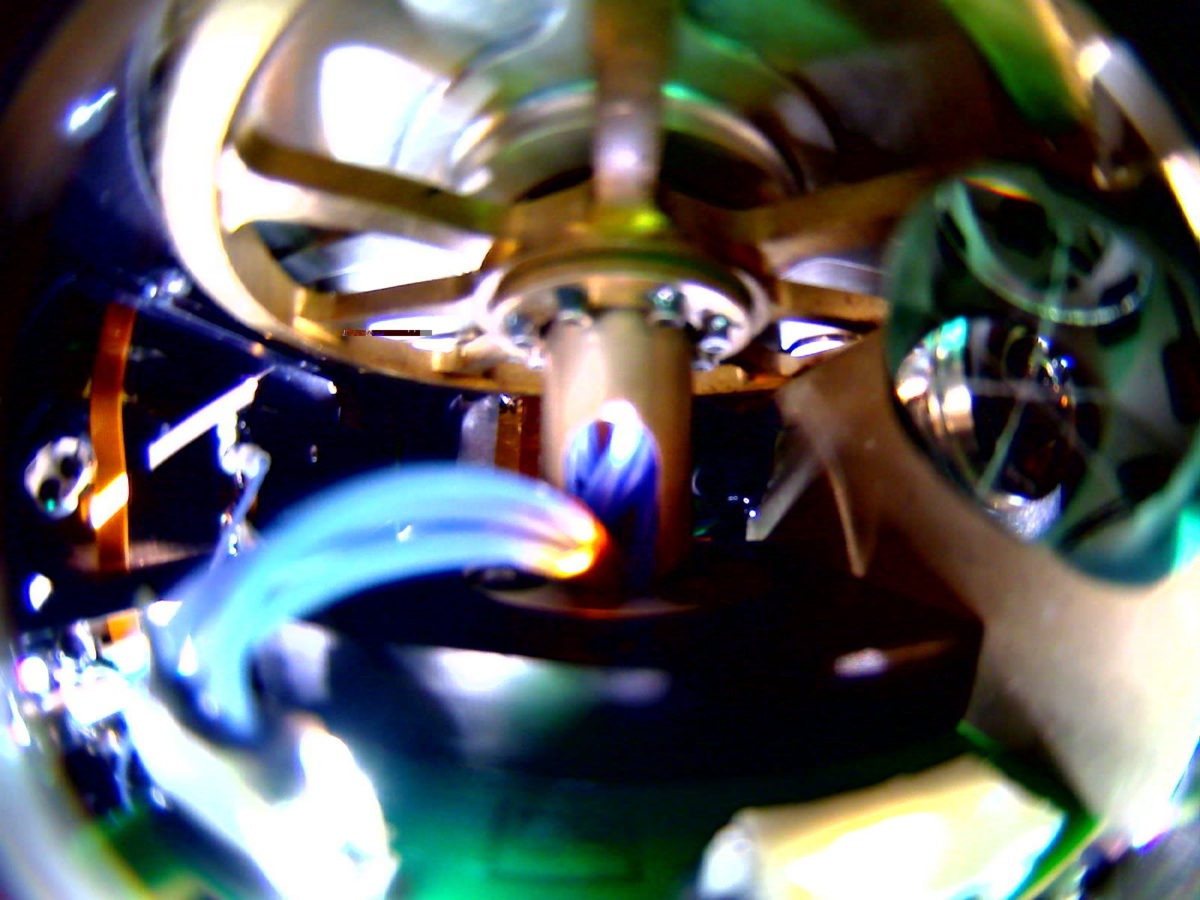Jason Davis • Jun 02, 2015
LightSail Deployment Update: Panels Wednesday, Sails Friday
LightSail Mission Managers have split the spacecraft’s sail deployment sequence into two segments, following an extended camera checkout period that wrapped up Tuesday. On Wednesday, the CubeSat's deployable solar panels will be released, followed by an additional imaging session to verify all systems are go for sail deployment. The deployment itself is now targeted for Friday morning, during a ground station pass that begins at 12:47 p.m. EDT (16:47 UTC).
When LightSail reached orbit, its solar panel deployment switches had been triggered, indicating the panels were possibly ajar or deployed. The four hinged panels are designed to open outward, clearing a path for solar sail deployment and positioning the onboard cameras for imaging.
Test images downlinked Tuesday morning showed the panels are still stowed. But the amount of sunlight inside the spacecraft shows the panels may have tugged loose against the fishing line-like restraining wires that hold them in place prior to deployment.
The deployment switch indicators, which remain tripped, are the primary method of confirming the panels have moved out of the way before the sail booms begin to extend. Without this safeguard, engineers decided to deploy the panels early and capture additional test imagery. An all-clear photograph should show the blackness of space, stars or Earth. The first new image could be on the ground by late afternoon tomorrow, if everything goes according to plan.
Under normal conditions, LightSail's solar panels also help prevent sail material from billowing out of the spacecraft's storage cavities. Mission managers determined the risk of deploying the sails with the panels closed was greater than the possibility of unwanted billowing. Since the panels are no longer flush agains the spacecraft, it is likely any gas trapped inside the sail compartments has already had a chance to bubble out into space.
LightSail’s additional camera checkout phase also gives the team a final chance to test the end-to-end imaging sequence before the big show this Friday. At Ecliptic Enterprises Corporation, LightSail’s prime contractor, an analysis of the images has revealed several discernible parts of the aft storage compartment, which measures just 10 by 10 by 5 centimeters.



On Thursday, all images will be cleared from LightSail’s cameras, and a final go/no-go deployment decision will be made. The sail sequence would begin during a Cal Poly ground pass starting at 12:47 p.m. EDT. The spacecraft comes into range northwest of Seattle, passing below Kodiak Island, Alaska. Radio contact will last about 17 minutes as the LightSail slices across the midwestern United States. Georgia Tech will pick up the signal next, and coincidentally, LightSail will pass almost directly between the Earth and sun as the sails unfurl.
The first indication the sail sequence has started should come from the spacecraft’s automated telemetry signals, which include a motor revolution count for the boom system. The next few orbits will be used to check LightSail's health and status, transfer imagery from the cameras to flight computer, and begin sending home to Earth.The last contact of the day comes during a Cal Poly ground pass at 4:16 p.m. EDT (20:16 UTC). By then, the team hopes to have at least part of a sail image on the ground. If not, the next series of ground pass orbits begin at 2:45 a.m. EDT Saturday.
Let’s Go Beyond The Horizon
Every success in space exploration is the result of the community of space enthusiasts, like you, who believe it is important. You can help usher in the next great era of space exploration with your gift today.
Donate Today

 Explore Worlds
Explore Worlds Find Life
Find Life Defend Earth
Defend Earth

